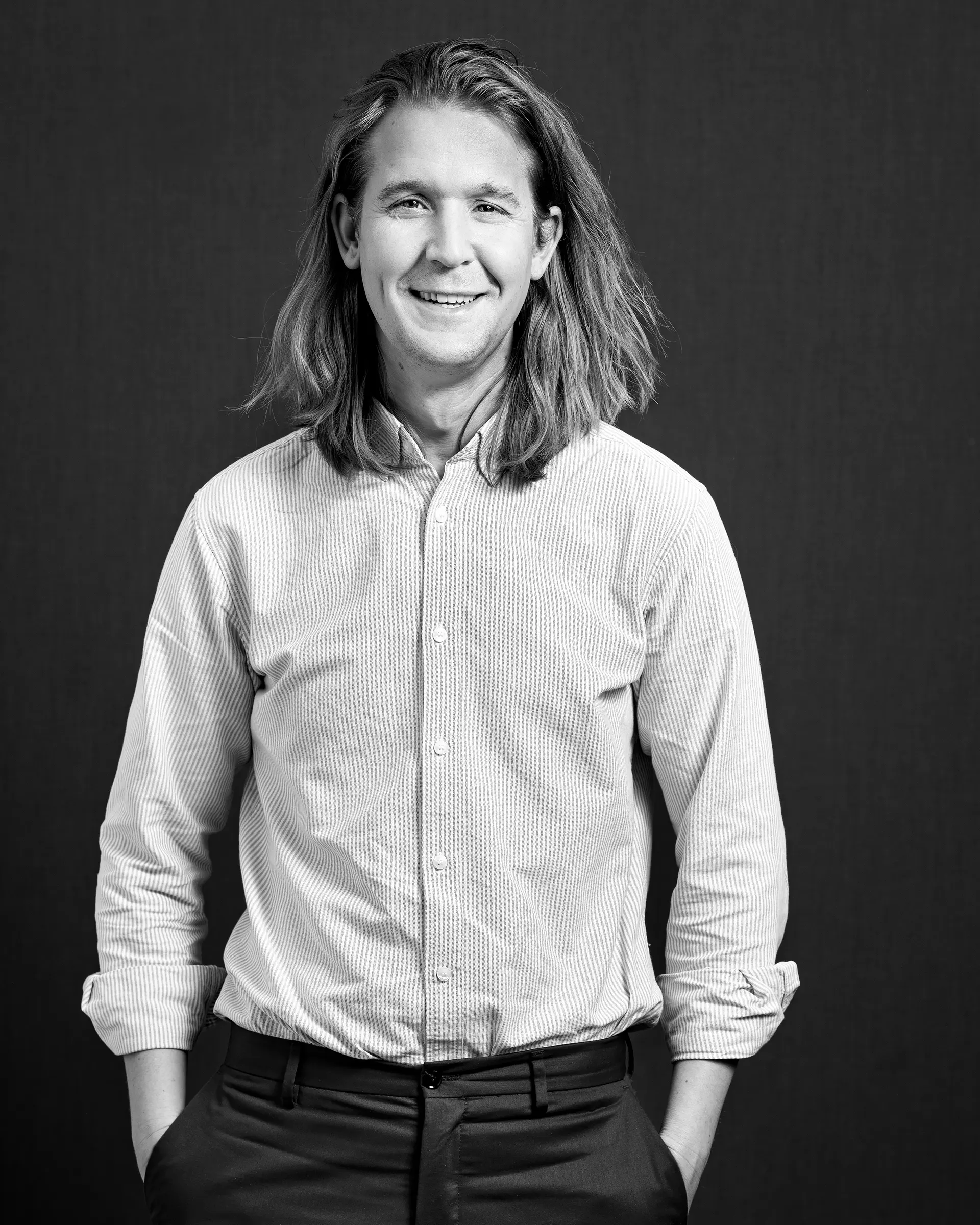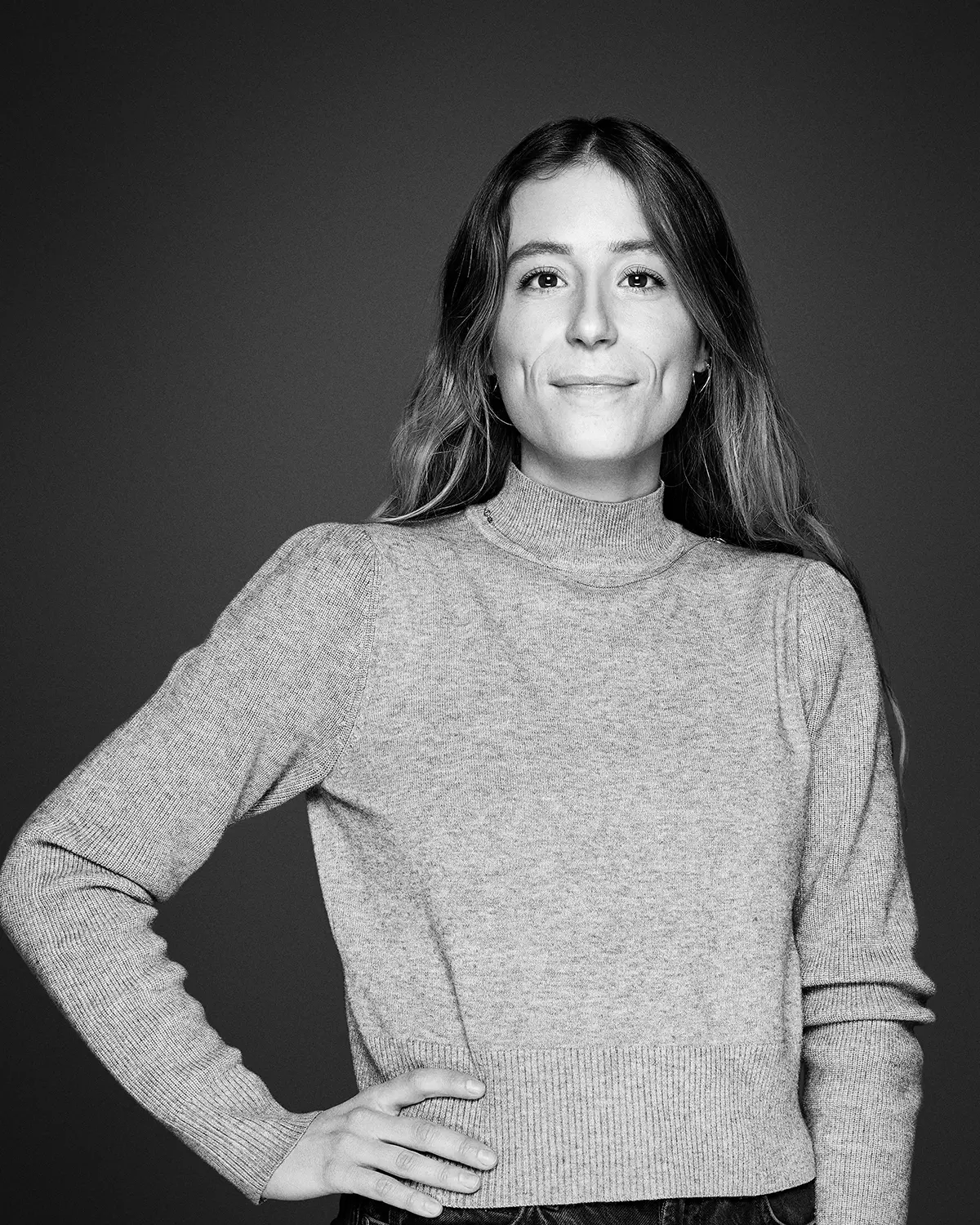
Milan, Italy
2024 - 2025
Growing matter(s)
The future of design may be growing all around us – in collaboration with Politecnico di Milano, we’ve designed Growing matter(s), a pavilion exploring bio-based materials and new aesthetics. Debuting at Milan Design Week, this sensory space shows the potential of mycelium as a living building material.
Project details
Only just beginning to be used in the design world, Mycelium is the root-like structure of a fungus. Its limited design applications are often identical rectangular panels used in insulation and acoustics. Our contribution to Milan Design Week explores the use of living materials, challenging our understanding of permanence, control and beauty in design and asking the question: how do we design with a material that keeps growing?
Growing matter(s) invites visitors into an interactive space that shows the potential of mycelium as a living, evolving building material. Both a structure and experiment, the pavilion highlights circularity, material authenticity, and the possibilities of designing with organic growth.
Through a collaboration with Politecnico di Milano, the project brings together architects, researchers, and students to push the boundaries of our collective understanding of what’s possible with bio-based design.

How do we design for materials that change over time? What does circularity look like when it's built into the fabric of our design? How much can we grow?




A new aesthetic for living materials
Made up of 80 spheres, no two forms in the structure are exactly alike. Contrasting conventional materials such as concrete and brick, mycelium grows, adapts, and transforms in a process shaped by humidity, airflow, and its surrounding environment. Some spheres are smooth and compact, while others crack, remain porous, or develop uneven textures. Rather than treating these organic variations as imperfections, the sphere’s unique qualities are used to exhibit nature’s unpredictability.
Beyond its organic features, mycelium’s overall footprint aligns it with our circular design principles. It regenerates from organic waste, can be grown with minimal resources, and naturally decomposes at the end of its life. This philosophy extends to the entire pavilion with a borrowed scaffolding structure.



Growing ‘Growing matter(s)’
In a process mirroring the natural growth cycle, the mycelium spheres began with the preparation of a substrate of hemp, flour, and sugar to support their development. Exploring new possibilities for the material, beer dregs were also introduced as an experimental component.
Once sterilized to remove contaminants, the substrate was inoculated with two strains of mycelium – Pleurotus Eryngii and Pleurotus Ostreatus – each offering unique growth characteristics. As the mycelium colonized the material, it was shaped around wooden spheres, allowing the structure to take form organically.
The spheres were then incubated under controlled conditions, where the mycelium spread and bound the substrate together. Some were further cultivated to encourage mushroom growth, while others were dried at low temperatures to stabilize their structure. A selection was left untreated, allowing for continued evolution and observation – highlighting the dynamic nature of the material.





01/06
Contact
All contacts
Director, Innovation and Sustainability

Architect
Next project
Griegkvartalet
Explore project





